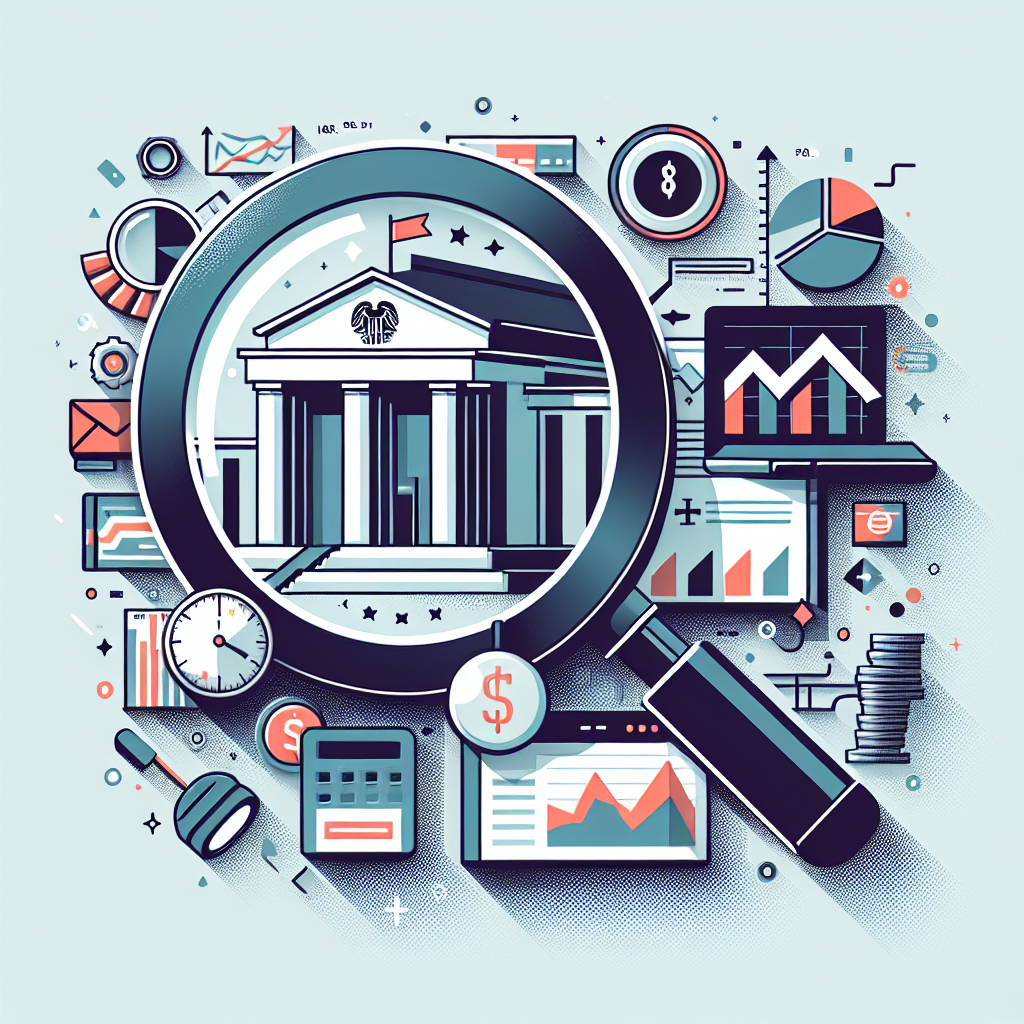
Breaking Down the Latest Federal Reserve Report: What It Means for the Economy and Your Finances
Introduction
What is the Federal Reserve Report?
The Purpose of the Federal Reserve Report
Key Highlights of the Latest Federal Reserve Report
Economic Growth and GDP Outlook
Inflation Trends and Expectations
Interest Rate Policy and Future Moves
Employment and Labor Market Conditions
Financial Stability and Risks
Related Topics: How the Federal Reserve’s Actions Impact Your Finances
Interest Rates and Borrowing Costs
Inflation’s Effect on Day-to-Day Purchases
Investing in a Changing Economic Environment
What Should Consumers Do Now?
- Review Your Budget: With potential interest rate hikes, now is a good time to evaluate spending habits and savings goals.
- Consider Refinancing: If you hold a mortgage and rates are expected to rise, refinancing at today’s lower fixed rates could be advantageous.
- Stay Informed: Keep an eye on economic reports and Fed updates to anticipate changes in the financial landscape.
- Invest Wisely: Diversification and a long-term perspective remain key in navigating market volatility influenced by Fed policies.


